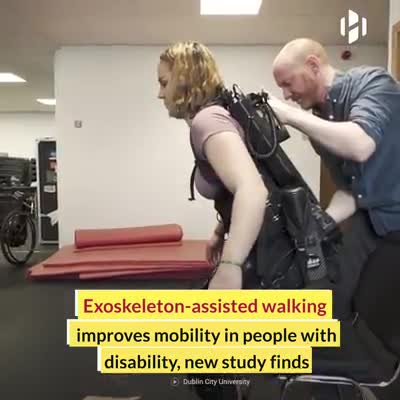Plus, we can bring along 1.5 tons.
Scientists have outlined the wild way humans could travel past Neptune in under 10 years—with over 1.5 tons of cargo on board.
The secret is an in-the-works direct fusion drive (DFD), which will kick in once the spacecraft reaches orbit and propel it at up to 44 kilometers per second. From there, the spacecraft could conduct experiments on Neptune as well as trans-Neptunian objects (TNOs), or outer dwarf planets like Makemake, Eris, and Haumea.
This Trojan is detected as the first that is written in. NET, rather than Delphi. Read on to know more differences.
I just finished the most recent season of The Expanse – my current favourite Sci-Fi series. Unlike most of my other go-to Sci-Fi, The Expanse’s narrative is (thus far) mainly contained to our own Solar System. In Star Trek, ships fly about the galaxy at Faster-Than-Light speeds giving mention to the many light years (or parsecs *cough* Star Wars) travelled to say nothing of sublight journeys within solar systems themselves. The distances between stars is huge. But, for current-day Earthling technology, our Solar System itself is still overwhelmingly enormous. It takes years to get anywhere.
In The Expanse, ships use a fictional sublight propulsion called The Epstein Drive to travel quickly through the Solar System at significant fractions of light speed. We’re not nearly there yet, but we are getting closer with the announcement of a new theoretical sublight propulsion. It won’t be an Epstein drive, but it may come to be known as the Ebrahimi Drive – an engine inspired by fusion reactors and the incredible power of solar Coronal Mass Ejections.
Rocket engines have been the backbone of space exploration lifting humans to the Moon, rovers to Mars, and sending probes outside the Solar System. However, for all their blast-offy awesomeness, they are inherently inefficient and bulky. You can only get so much energy out of rocket fuel. As a result, most of your entire spacecraft is a giant fuel tank. The mass of a rocket destined for Mars could be as much as 78% fuel. To reduce weight, we need more efficient engines.
It’s not the next Higgs boson — yet. But the best explanation, physicists say, involves forms of matter and energy not currently known to science.
Researchers have used a quantum mechanical property to overcome some of the limitations of conventional holograms. The new approach, detailed in Nature Physics, employed quantum entanglement, allowing two photons to become a single “non-local particle.” A series of entangled photon pairs is key to producing new and improved holograms.
Classical holograms work by using a single light beam split into two. One beam is sent towards the object you’re recreating and is reflected onto a special camera. The second beam is sent directly onto the camera. By measuring the differences in light, its phase, you can reconstruct a 3D image. A key property in this is the wave’s coherence.
The quantum hologram shares some of these principles but its execution is very different. It starts by splitting a laser beam in two, but these two beams will not be reunited. The key is in the splitting. As you can see in the image below, the blue laser hits a nonlinear crystal, which creates two beams made of pairs of entangled photons.
In a new study, researchers from Australia and Canada have identified a ‘sweet spot’, using holes, where the qubit is least sensitive to noise.
101 quantum chemistry, how to start.
A wave function is a function defining the quantum state of an isolated system. It is generally represented by ψ(), pronounced [psi].
Sea salps — gelantinous, marine organisms that look like jellyfish — have clogged water systems used to cool nuclear reactors in South Korea, forcing two units offline.
It’s the second time in less than three weeks Korea Hydro & Nuclear Power Co. shut the Hanul No. 1 and No. 2 units, after salps clogged water intake valves. The reactors, which each have a capacity of 950-megawatts, resumed operation last week before shutting again Tuesday.
Physicists may have just made a major breakthrough in our understanding of the Universe.









